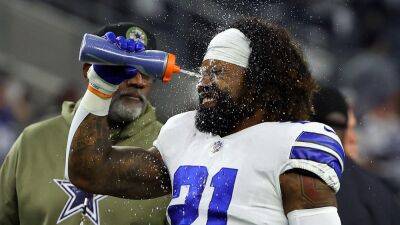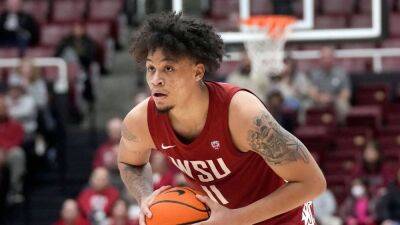Wearing headgear for sport does not protect against concussion, Australian experts warn
Wearing a helmet or soft headgear does not protect against concussions, according to experts who are calling for greater public awareness around the issue.
It comes ahead of a public hearing of the Senate inquiry into concussions and repeated head trauma in contact sports, to be held in Melbourne on Wednesday.
Repeated studies have shown that headgear being able to protect players from concussions in contact sport is a myth.
As far back as 2005, a study of 304 rugby union players in New Zealand found “the risk of concussion was not lessened by the use of padded headgear or mouthguards.”
Research into padded headgear in 400 junior AFL players, published last April, found that “headgear use was not associated with reduced risk of suspected sports-related concussion.”
The findings, according to a review, correspond to lab testing which has suggested that padded headgear is “unable to absorb additional force well below the threshold at which concussions occur”.
Neither are hard helmets, such as those worn by American football players, protective against concussion.
Sign up for Guardian Australia’s free morning and afternoon email newsletters for your daily news roundup
“A helmet can protect the skull bone from fracturing,” said Prof Alan Pearce, a neurophysiologist and concussion researcher at La Trobe University. “But it doesn’t stop the brain tissue from moving inside the skull – and that’s the issue.”
The brain is suspended in a bath of clear fluid known as cerebrospinal fluid. It acts, to a certain extent, as a shock absorber.
Concussions occur when external forces act upon the brain, resulting in it moving inside the skull cavity and either directly hitting the inside of the skull, or stretching and twisting.
Pear






